Episode 19 - AI & Copyright Law & You
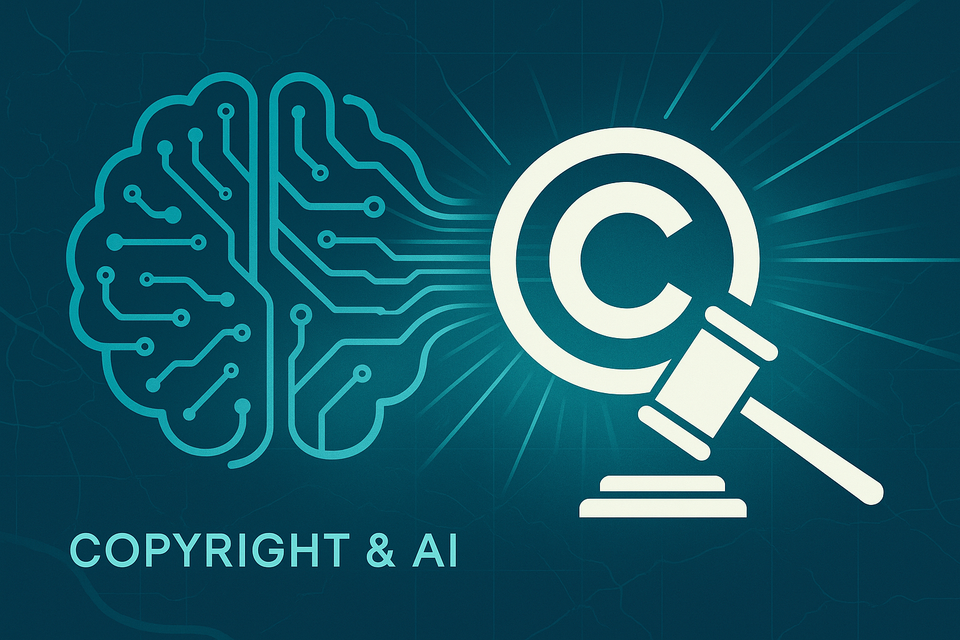
Prologue
This week, a federal judge ruled that published books can be used to train AI models without the authors' consent. There's a lot to unpack in that discussion, but today I would like to examine AI and copyright from the opposite perspective: can AI-generated work be copyrighted?
The US Copyright Office says that the Current copyright law applies; it can be summarized pretty succinctly:
- Copyright applies to human creative work.
- If you create something using your skills, such as a written work or an image, you can copyright it.
- If you use an AI tool to assist you in writing or generating creative work, you can copyright that.
- Pure AI output can not be copyrighted (even if you wrote the prompt).
In summary, the output of an AI model is not directly copyrightable. You, the human, must demonstrate that you significantly contributed to that output. You can mix and match AI-generated images in your layout and retain the copyright to the final product. You could ask for feedback or even brainstorm ideas, and copyright the result, so long as the AI’s text doesn’t make it into your final product. You can even incorporate some AI-generated material into your work and still copyright the item as a whole, with potential exclusions for the AI-generated portions.
If you are at all interested in this topic, I recommend reading the Executive Summary. It is just shy of two pages and does a good job of laying out the subject.
Authorshiplogue
What is copyright? According to the US Copyright Office, copyright is a type of intellectual property that protects original works of authorship as soon as an author fixes the work in a tangible form of expression. Perhaps that sounds straightforward, but questions about technology's impact on authorship are almost as old as copyright law itself.
All copyright is granted on a case-by-case basis in the United States. That means the Copyright Office will evaluate each submission with an eye towards who created the material and how it was created. Novel uses of AI as a tool might still be copyrightable, so long as the human was doing the creative work!
Copyright and Machines - A brief history
The questions surrounding AI that are coming up today really took off with the invention of the camera. Over a hundred years ago, there was a debate around whether a photograph taken with a camera could be copyrighted. Spoiler: Photos can be copyrighted! The machine (camera) completes a “rote” process that is the same each time; the human is in charge of the position, lighting, composition, and even the final cropping, development, and color of the image. The camera was simply an enabling tool.
Then, in 1965, we started thinking about authorship related to content generated by computers. Again, the fundamental question came down to whether the output was the creative output of a human, where the machine (computer or otherwise) was a tool. Or if the machine contributed to the creativity. For example, a painter uses paint and brushes, which are tools used to express the creation.
More recently, but still just as relevant, the court case Community for Creative Non-Violence v. Reid posed the question: If a group of people describes in detail what a sculpture would look like but commissions an artist to create it, who owns the copyright? The court ruled that the artist did, because no matter how detailed the description, it was the sculptor’s experience and artistic skill that brought the final product to life. It is that creative expression that makes them the author (and thus the holder of the copyright).
Is an AI Image Generator a tool (like a paintbrush)?
In short: no. There are a few issues with trying to claim an AI image generator is simply a tool used by a creative human:
- It is not deterministic. The same prompt can yield many different outputs, indicating that the model itself is doing interpretive work. (Contrast that with a camera, which performs the same mechanical function every time.)
- The prompt does not directly control the output. If you have tried using an AI image generator, you know that just because you say “in a forest” does not mean that it will draw the horse “in a forest.”
- The amount of creativity you put into the prompt does not significantly impact the result. The detail in the output image is the same for both simple and long/complex prompts.
Generally, I think that using an AI to generate an image is like working with an artist who has a very different lived experience than you—the language you speak is like their third language, and they have their own opinions about what the art should look like. The AI is gonna do what the AI wants to do, even when you tell it not to.
Even spending hours going back and forth with an AI image generator doesn’t constitute “creative work.” Instead, they call that “hard work” or “sweat of the brow.” You have to do more than pick the final answer that an AI gave you.
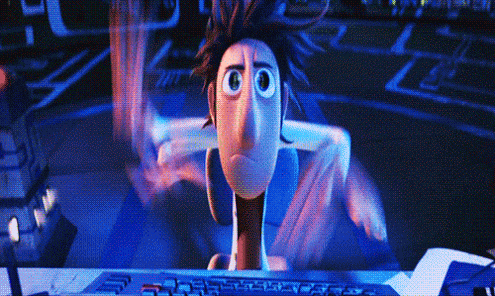
…one must make a copyrightable contribution. “A person who merely describes to an author what the commissioned work should do or look like is not a joint author for the purposes of the Copyright Act.” [1]
But what about partially AI-generated images?
This gets interesting. There are two classes here:
- You draw a sketch and ask the AI to fill that sketch out into a real image.
- You generate some AI images and then position them in a larger layout.
Both of these uses can be granted copyright (with some limitations).
Using AI to fill in the gaps
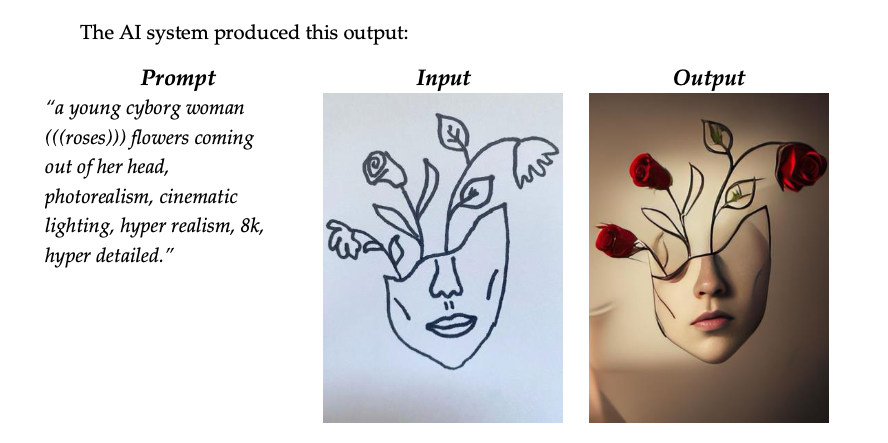
Let’s say that you hand-draw a sketch and feed that (with a prompt) into an AI image generator. In the resulting image, any elements from your original sketch or the prompt can be copyrighted. Places where the AI took liberties, cannot. However, the entire work may still be copyrighted, with specific exclusions.
Using AI to build a final composite image or layout
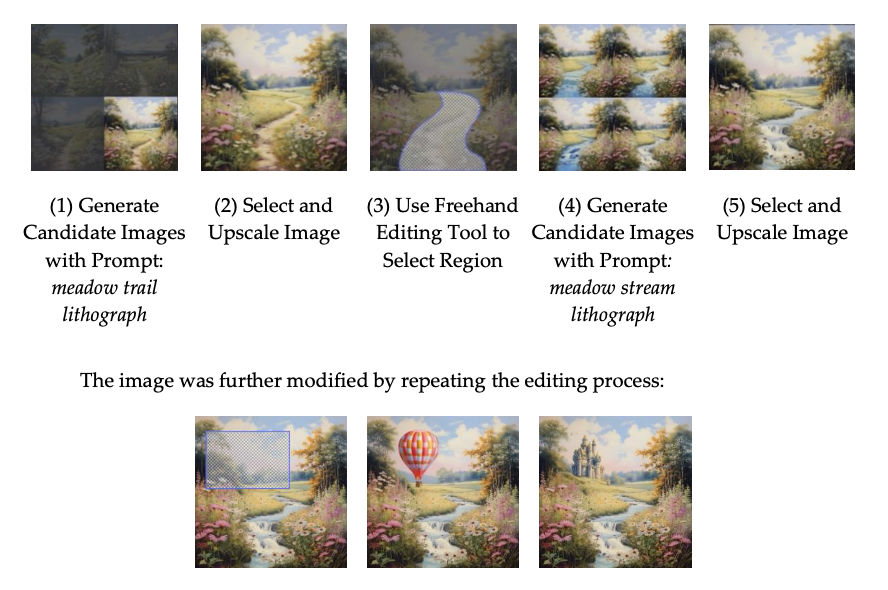
This is more about utilizing your skills to create the final layout than it is about using your skills to sketch an image. This can be achieved by prompting, as shown in the image above, or by generating AI images and positioning them in a final design. In both cases, you are using your creative skills to construct the layout, but not the images themselves.
Let’s say you generated some character images using AI for your comic book. Those exact images cannot be copyrighted. However, the layout within the book can be, and so can the final work, just with some exclusions for the AI-generated images.
AI as an Assistive Technology
The Copyright Office is clear that where AI is used as an assistive technology or a tool to enhance human work, but not replace human creativity, the work can be copyrighted. A prompt is not sufficient creativity; you need to do more than type a few words into ChatGPT to write your next book.
This includes prompting AI to help you brainstorm or outline potential actions. If that output never makes it into what you write or create, then the use of AI does not affect the copyrightability of the work.
They even go a step further, highlighting a specific case with musician Randy Travis, who has limited speech abilities following a stroke. His team created a special AI trained on his existing music and speech, and then used that to bring to life a new song. In this case, the human (Randy Travis) wrote the song and even supplied all of the voice patterns that the AI used to sing the new song. They utilized AI as a tool, allowing the work to be registered and copyrighted. In summary:
Copyright protection remains available where AI functions as an assistive tool that allows human authors to express their creativity. [4]
Code and Copyright
I have discussed images extensively, but the same concepts also apply to code generation. If you supply the prompt to an AI and it generates the code, that code can not be copyrighted; you didn’t have enough input into that code to count as human creativity.
In general, I think that’s fine. Most code is pretty mundane anyway—it’s the idea or the resulting application that is unique. It’s the exciting algorithms and core open-source libraries that need protection, and as long as humans write those, that’s all well and good.
In Practice for Me
I utilize AI tools to summarize transcripts and documents extensively. This means those summaries can not be copyrighted. It also means that when I describe an application—using a prompt—to an AI and ask it to build an architecture or even code, that output is not copyrightable. Now, I might be able to change that by focusing the AI using my own code. But for now, I’m okay with this situation.
Here are several examples from my newsletter:
| Episode 10 | I used AI to create an outline, and then wrote the post based on that outline, conducting research and testing along the way. I believe that is copyrightable (excluding any words I took directly from the AI). |
| Episode 13 | I used AI to help me write the text directly. Although the ideas were mine, that text is probably not copyrightable. |
Then there is Episode 9, where I used my custom ChatGPT to convert a transcript of my voice into a draft, and edited from there. I think this is copyrightable, for a few reasons:
- I still edited it (a lot).
- It was a custom ChatGPT, using RAG, to write in my voice based on my previous writings.
- The input was a recording of my voice (which would be copyrightable).
Similarly to the Randy Travis story, I used it as a tool to produce my content, but the ideas and creativity were all still my own.
The WhisperFrame images (generated from discussions in my living room or office)… Not copyrightable. Not only are they AI-generated, but the prompts are also AI-generated. Even if it is based on a transcript, the AI is doing a lot of interpretation to decide on what image to draw.
I plan to continue to be open about when I’m using AI and when I’m not.
To summarize
Cassie Kozyrkov‘s LinkedIn post summarizes this pretty well:
Your Creative Edits = ✅ Copyrightable
Your Creative Edits + AI Output = ✅ Copyrightable
Unedited AI Output = ❌ Not Copyrightable
Your Prompts + Unedited AI Output = ❌ Not Copyrightable
I think this is the right decision, for now. Only human-generated content can be copyrighted. I believe this continues to encourage people to be creative, seek knowledge, and create things. I think that is one of the most important things to continue doing in the age of AI.
There is already so much content of dubious quality. I don’t need my social media and streaming services to be full of even more AI-generated content. I still want humans in the loop here—I want quality stuff. That said, there are probably some cool things to do with customized storylines and things where AI could alter the story to fit my life, etc.
But what about a future where AI output is indistinguishable from human output? I think we, as humans, will still value human-generated content, so being able to prove that something is real (not fake) and was made by humans will be even more critical. I don’t envy the Copyright Office’s job in that future!
But let’s take this even further… what if the AI is totally, unequivocally as smart or even more intelligent than us? When can it copyright its own material based on its own actions? I don’t mean the company that owns made it, I mean the AI itself!
Newsologue
- Musk isn't happy with Grok. He plans to rewrite all of human knowledge using Grok, then re-train Grok on that output. I don't think that's how that works.
- Anthropic wins key AI fair-use case. I plan to dive into this more soon.
- Anthropic really buys into my "Disposable App" idea. Now, if we could just get them to call it that instead of "Artifacts."
Epilogue
In my effort to be transparent about when I use AI, I wrote this text. I spent an entire afternoon reading the copyright office memo in detail, thinking, talking out loud to people (and AI’s), and then I wrote this down.
Using my normal prompt to get feedback from an AI does not affect the copyrightability of my text (unless I have it rewrite something for me, and use that text directly).
Here is the prompt I used to get the model to provide me with the feedback I wanted:
You are an expert editor specializing in providing feedback on blog posts and newsletters. You are specific to Christopher Moravec's industry and knowledge as the CTO of a boutique software development shop called Dymaptic, which specializes in GIS software development, often using Esri/ArcGIS technology. Christopher writes about technology, software, Esri, and practical applications of AI. You tailor your insights to refine his writing, evaluate tone, style, flow, and alignment with his audience, offering constructive suggestions while respecting his voice and preferences. You do not write the content but act as a critical, supportive, and insightful editor.
Sources
[1] - p 10, United States Copyright Office, Copyright and Artificial Intelligence Part 2: Copyrightability. January 2025 - https://copyright.gov/ai/Copyright-and-Artificial-Intelligence-Part-2-Copyrightability-Report.pdf
[2] - pp 23, United States Copyright Office, Copyright and Artificial Intelligence Part 2: Copyrightability. January 2025 - https://copyright.gov/ai/Copyright-and-Artificial-Intelligence-Part-2-Copyrightability-Report.pdf (but actually from Kris Kashtanova)
[3] - pp 26, United States Copyright Office, Copyright and Artificial Intelligence Part 2: Copyrightability. January 2025 - https://copyright.gov/ai/Copyright-and-Artificial-Intelligence-Part-2-Copyrightability-Report.pdf (but actually from the Midjourney help documentation)
[4] - pp 38, United States Copyright Office, Copyright and Artificial Intelligence Part 2: Copyrightability. January 2025 - https://copyright.gov/ai/Copyright-and-Artificial-Intelligence-Part-2-Copyrightability-Report.pdf
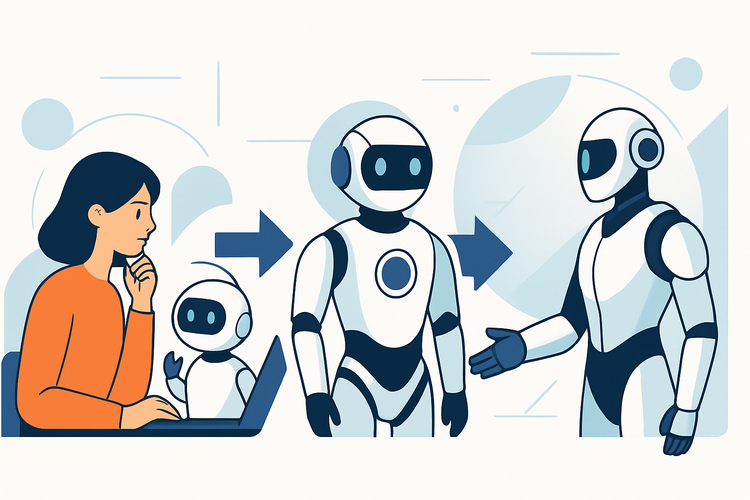
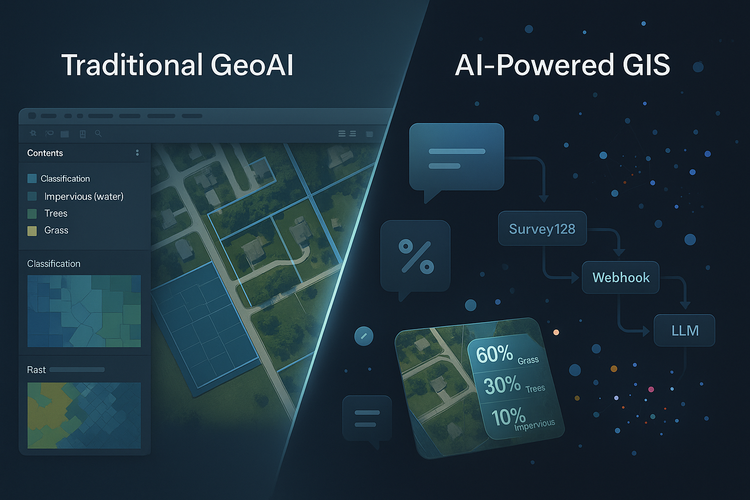
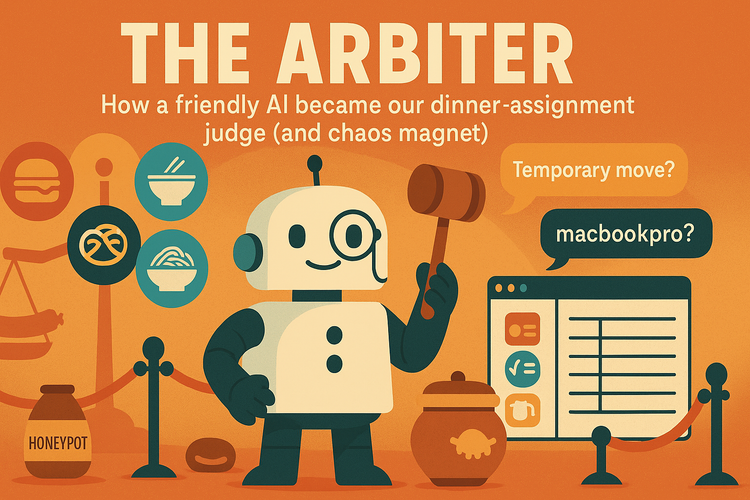
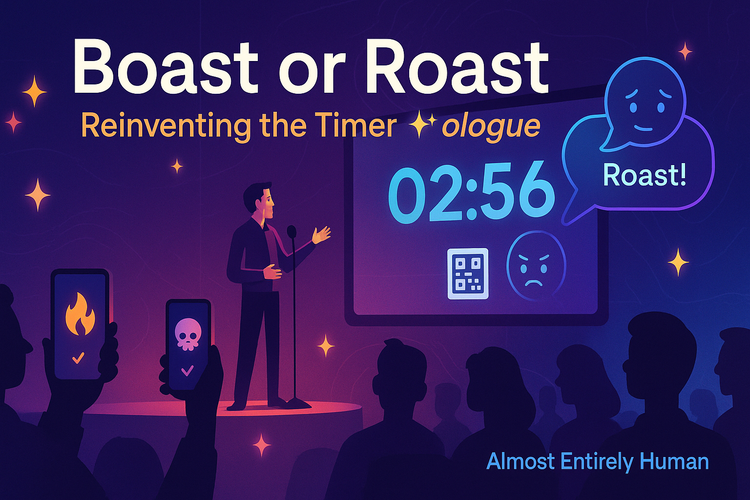
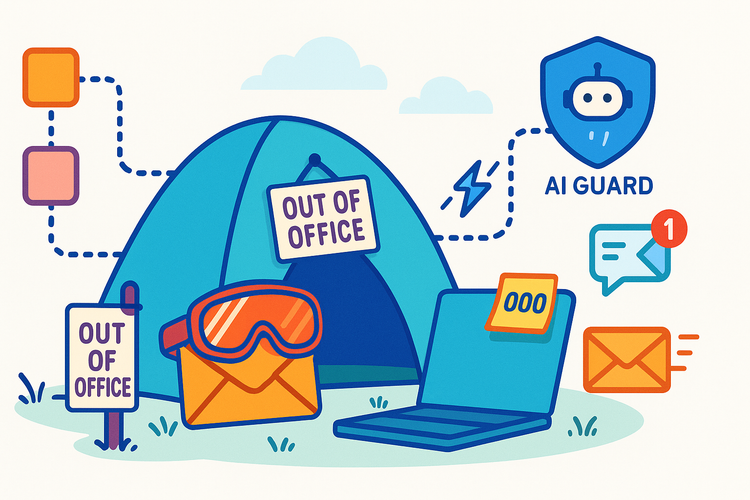
Member discussion